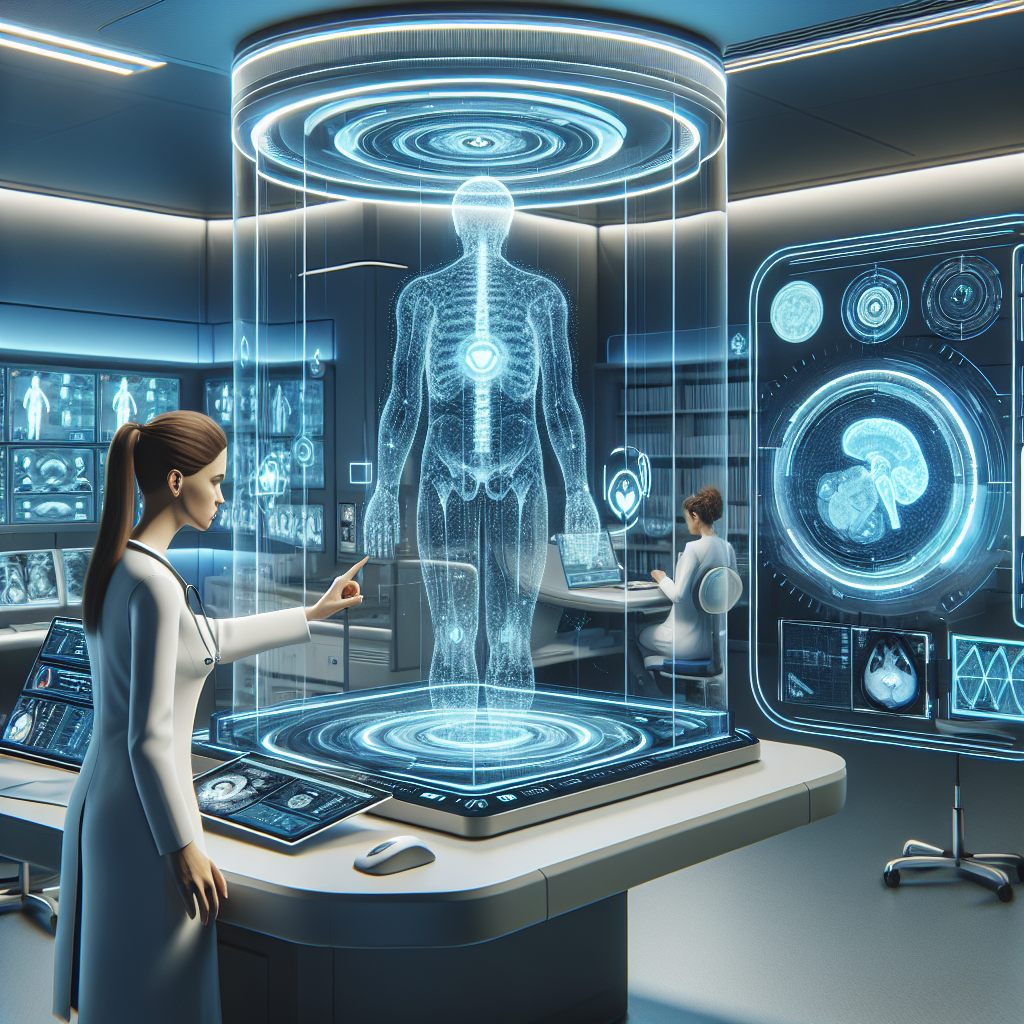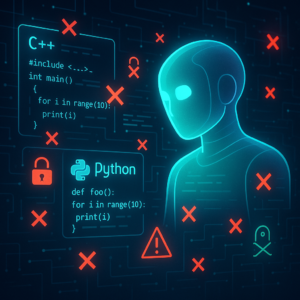The Future of Healthcare: How AI is Changing the Game

The Future of Healthcare: How AI is Changing the Game
Artificial Intelligence (AI) has permeated nearly every aspect of our lives, from the way we shop to the way we communicate. Now, it’s on the verge of revolutionizing healthcare. This transformation is not just about crunching numbers faster; it’s about changing the very fabric of medical practice through smarter, more adaptable technologies. A recent review by Lukas Buess and his team dives into the world of generative AI models and explores their increasing role in the medical field. Let’s break down some of their findings and see how AI might just become your doctor’s new best friend.
What Exactly is Generative AI and Why Should You Care?
Generative AI, like OpenAI’s ChatGPT, is more than just a chatbot. These models are designed to mimic human-like conversation and comprehend complex medical language, which makes them powerful tools in the medical toolkit. By digesting vast amounts of clinical notes and medical literature, these AI systems excel in creating concise summaries of patient histories, assisting with diagnoses, and even predicting outcomes.
Imagine cutting down the time it takes for doctors to produce reports by 25%! This figure, highlighted in recent studies, shows that by generating draft radiology reports quickly and accurately, AI can significantly reduce the pressures of time and workload for medical professionals.
Beyond Words: The Era of Multimodal AI
Healthcare is not just about words—it’s about numbers, images, and results all bundled together. That’s where multimodal AI steps in. Instead of focusing solely on text, these advanced systems integrate data from medical images, lab results, and more to offer a holistic approach to medical decision-making.
With these systems, AI can now support a broader range of applications such as predicting potential health risks, generating detailed reports from imaging data, and even supporting complex surgical procedures. By bringing together multiple forms of information, this tech promises to mimic the nuanced decision-making processes of human experts more closely than ever before.
Peeking Under the Hood: How Do These AI Models Work?
Getting AI to understand text is one thing. But when you add in images, test results, and other types of data, it gets a bit more complicated. The backbone of these models is something called a “transformer” architecture, which excels in understanding context, be it textual or visual.
Contrastive Language-Image Pretraining (CLIP) is a method that aligns images and text into a single framework, allowing AI to make sense of both kinds of information. So, how does this apply in the real world? Imagine a system that can look at an X-ray and simultaneously read the accompanying doctor’s notes to provide a well-rounded analysis.
Real-World Implications: Transforming Clinical Workflows
The practical applications of these models are both diverse and groundbreaking:
- Radiology Report Generation: AI systems like MAIRA-2 can analyze an X-ray and generate detailed reports in record time, assisting radiologists and helping reduce bottlenecks in healthcare facilities.
- Visual Question Answering: Imagine asking a computer what it sees in a medical image and getting a precise, contextual answer that helps in diagnosis. That’s exactly what models like LLaVA-Med aim to achieve.
- Data Augmentation: Need more data to train medical models? AI can now generate realistic synthetic images to fill in gaps, thus strengthening the entire diagnostic process.
Overcoming Challenges: The Path Ahead
While the strides made in AI are promising, several hurdles still need to be crossed. These include:
- Data Diversity: Current models often rely heavily on datasets from Western institutions, which raises concerns about biases and their global applicability.
- Standardized Evaluation Metrics: Evaluating these AI systems requires metrics that go beyond generic benchmarks like BLEU scores to capture the clinical nuances and accuracy.
The emphasis, moving forward, will be on developing models and datasets that reflect a broader range of medical conditions, patient demographics, and imaging techniques to ensure equitable healthcare advancements worldwide.
Key Takeaways
-
Generative AI in Medicine: It’s already reducing workload and improving diagnostic accuracy through efficient processing of medical documentation and imaging.
-
Multimodal AI Brings a 360-Degree View: These models integrate different data types, greatly enhancing capabilities like predictive analytics and diagnostic support.
-
Real-World Applications: From generating detailed radiology reports to augmenting datasets with synthetic images, the potential applications in healthcare are vast and varied.
-
Future Challenges: Addressing data biases and developing comprehensive evaluation frameworks will be crucial for the reliable adoption of AI in medicine.
As technology continues to evolve, the collaboration between medical professionals and AI is expected to deepen, leading to more efficient, informed, and personalized healthcare. Embracing these advancements responsibly can result in a healthcare system that’s equipped to handle future challenges—one smart algorithm at a time.
If you are looking to improve your prompting skills and haven’t already, check out our free Advanced Prompt Engineering course.
This blog post is based on the research article “From large language models to multimodal AI: A scoping review on the potential of generative AI in medicine” by Authors: Lukas Buess, Matthias Keicher, Nassir Navab, Andreas Maier, Soroosh Tayebi Arasteh. You can find the original article here.




